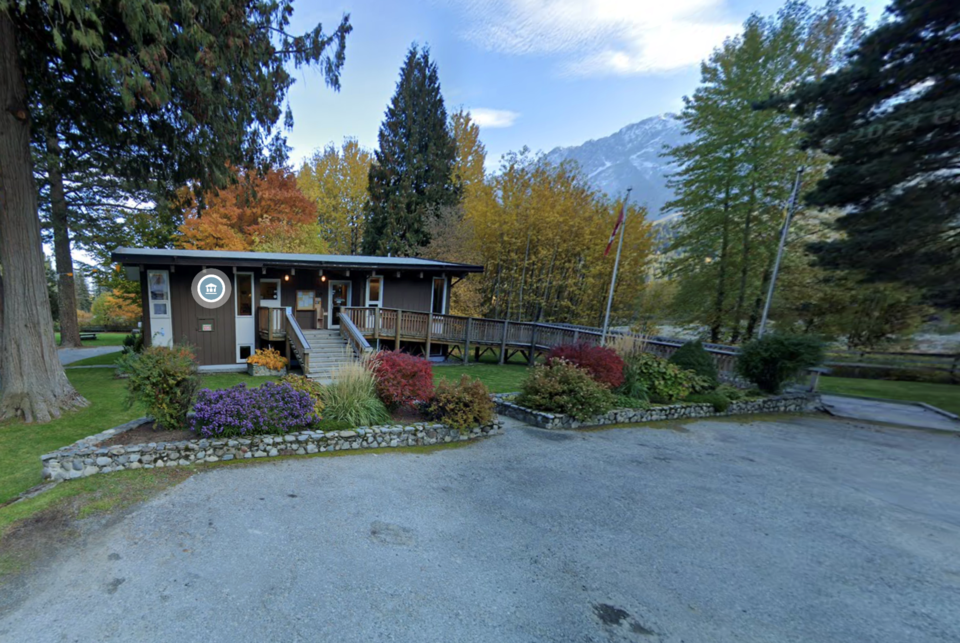Pemberton’s interim housing needs report predicts the village will have a projected surplus of units in the next five to 20 years.
The Village of Pemberton heard the report during its regular council meeting Sept. 10. The report is legislatively required because of amendments to the Local Government Act, and Pemberton’s was finished well ahead of the Jan. 1, 2025, deadline set by the province.
Angus Kwan, a summer student working with the village’s planning department, presented the report.
“The purpose of these reports is to help provide an understanding of current and future housing needs and the different nuances surrounding housing,” Kwan said.
“These documents are critical in developing a housing strategy for Pemberton. Most importantly in the interim report are the five- and 20-year housing projections, which are calculated using a methodology prescribed by the province. This methodology is made up of six different components added together to determine the required number of housing units needed over each period.”
The report standardizes methods for determining housing needs in municipalities and regional districts, and requires their update every five years thereafter. Municipalities are required to update zoning bylaws and official community plans (OCP) to accommodate the identified number of units needed by Dec. 31, 2025.
It’s unclear how this requirement will play out with Pemberton’s OCP, as it has been on hold for a year to foster relationship with the Lil’wat Nation.
The provincial method includes six components to calculate needs: units needed “to reduce extreme core housing need,” which is when someone pays more than 50 per cent of income for their home; units to reduce homelessness; units to counter “suppressed household formation,” which means households that would have formed but didn’t because the cost of living suppresses their ability to do so; supply to meet the next five to 20 years; enough places to get the vacancy rate to three per cent; and “units to meet local demand.”
The number of units needed by 2029 is calculated to be 271, and in 20 years, it is calculated 1,076 units are necessary.
Units by provincial components
Both forecasts breakdown the number of units needed for each of the six components.
In five years, it is estimated 11 units are necessary for extreme core housing need, four units to counter homelessness, 32 for suppressed household formation, 175 for anticipated household growth, two units to meet the rental vacancy rate and 47 for a demand buffer, which totals 271 units needed in the next five years.
The outlook for the next 20 years shows Pemberton will need 46 units for people with extreme core housing needs, nine units for homelessness, 128 units for suppressed households to form, 699 units allotted for anticipated household growth, eight for rental vacancy rate and a buffer of 186, equalling 1,076 units by 2044.
To meet the needs, Kwan said staff audited what is available in the village’s jurisdiction and ultimately found a potential oversupply of future housing.
“Village staff had done an audit of the land in the village's jurisdiction, an audit of current and upcoming development and building activity, and have looked at forecasts in our pre-zoning initiatives to determine where the village stands meeting the housing requirements mandated by the province,” Kwan explained.
Staff found more than 500 potential available units for single-family homes and secondary suites on vacant residential lots and lots with space for additional units.
“In the development pipeline, over 1,500 units are being anticipated for projects currently under construction, and those going through the application process,” Kwan said. “An early look at the village's pre-zoning initiatives gives us a rough approximation of an additional 1,400 units if single-family lots are upzoned to allow four dwelling units, and this number could be much higher if parcels near the downtown area are upzoned for higher density as well.
“The village is in a unique situation of having an oversupply of housing coming in and is in a healthy position in meeting the five- and 20-year housing requirements from the province.”
The good news comes with a caveat.
Mayor Mike Richman noted while the report is promising, lingering questions remain around developers following through and what the housing market will do.
“It’s encouraging to know that we have the ability to potentially provide [this housing]. We know that market and other factors do come in. We've seen some potential developments start making movements, and then pull back,” he said. “So, I'm hopeful … this is super informative and super helpful for the work that we have ahead, and hopefully we'll be able to continue providing [for] the important gaps in our housing.”




